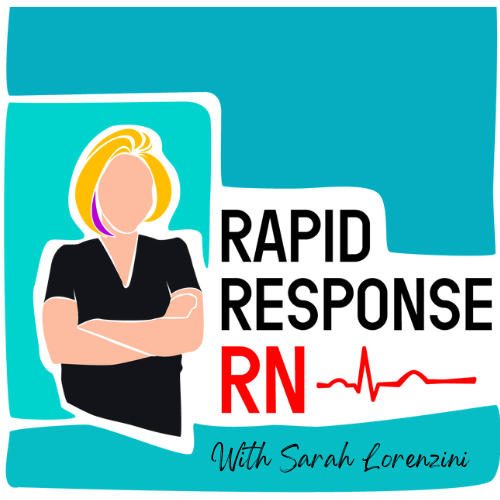Pennsylvania’s Dental Deserts: Preventative Oral Healthcare in the Coal Region
In this episode, we venture to Pennsylvania’s Coal Region to learn how some health systems are working to expand access to dental care and improve oral health for children in underserved areas. The shortage of pediatric dentists has underscored the need for preventative care since long before the pandemic exacerbated it.
We’ll hear from nurses and dentists delivering care in rural counties, as well as advocates working on the issue across Pennsylvania.
Family nurse practitioner Tammy Lobach shares the challenges faced by her patients. Most of them rely on Medicaid or state insurance for medical coverage, but relatively few dental practices accept public insurance. Internet accessibility is another hurdle.
Kelly Braun is a dental hygienist and the dental delivery systems coordinator for the Pennsylvania Office of Rural Health, where she manages trainings for primary care providers and other initiatives to improve dental health. She also oversaw the Medical Oral Expanded Care initiative (MORE Care) to train nurses and other primary care providers in preventative dental care. Launched by the DentaQuest Partnership for Oral Health Advancement, MORE Care programs have been implemented in rural Pennsylvania, South Carolina, Colorado, and Oregon during the past several years.
Jessica Brennan, a public health dental hygiene practitioner, and Dr. Soumaya Bendjilali, are part-time specialists at the St. Luke’s Miners Hometown Federal Rural Health Clinic in Tamaqua, Pennsylvania. They relate their experiences working at the clinic’s relatively new dental office, which opened in 2019.
Helen Hawkey is the Executive Director of the Pennsylvania Coalition for Oral Health. She explains how the coalition’s mission expanded from increasing access to fluoridated water to working with a diverse group of leaders on multiple initiatives to improve oral health across the state.
A statewide coalition has documented successes in recent years in provider recruitment, running mobile clinics, school-based sealant programs, expanding dental screenings in primary care settings and more.
With COVID-19 compounding the shortage of dentists, those solutions have taken on more significance but might not be enough to head off the crisis some say could lie ahead.
Our producer Emily Previti recently talked to providers about how they’re navigating obstacles from transportation to water supply and food insecurity to cultural norms to broadband availability.
































